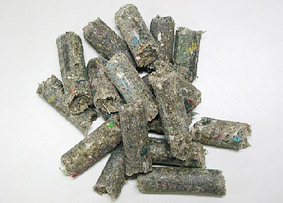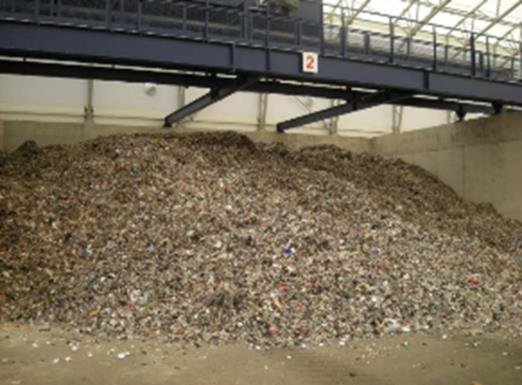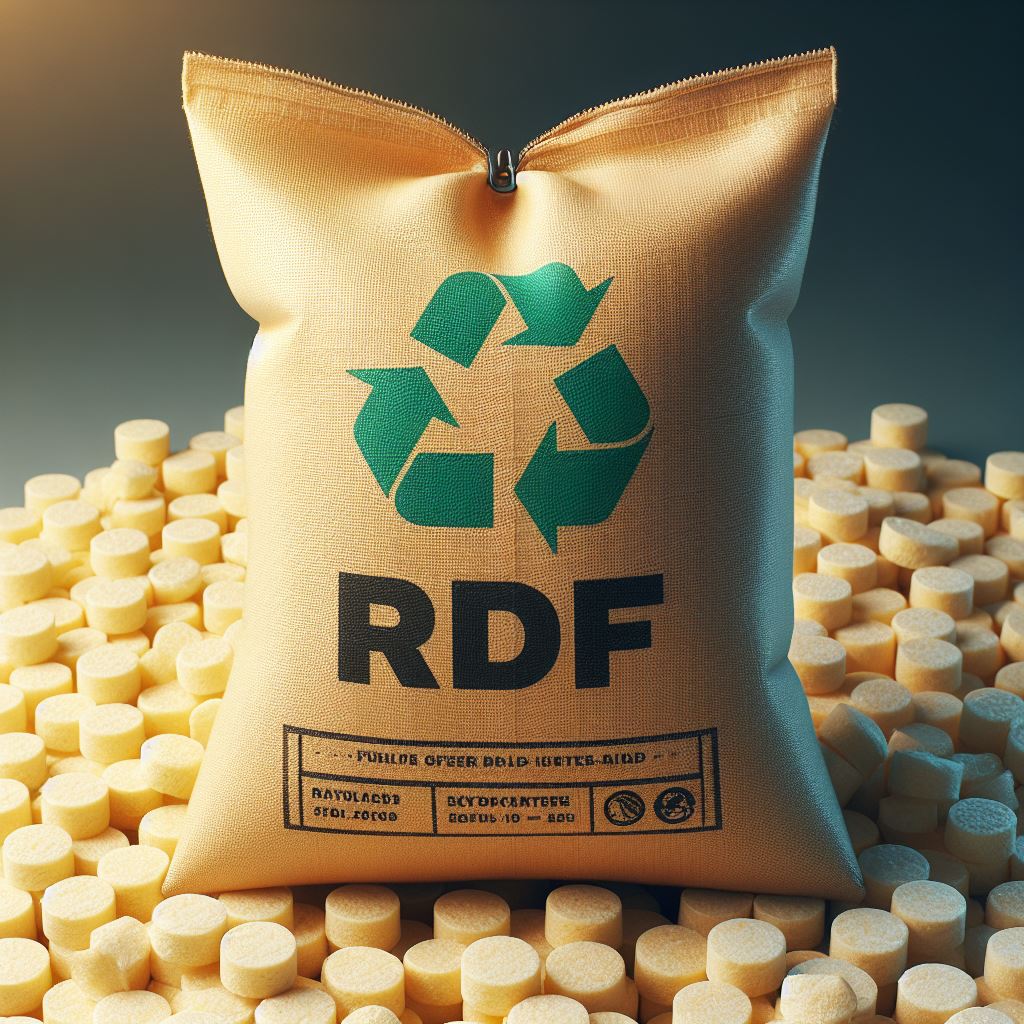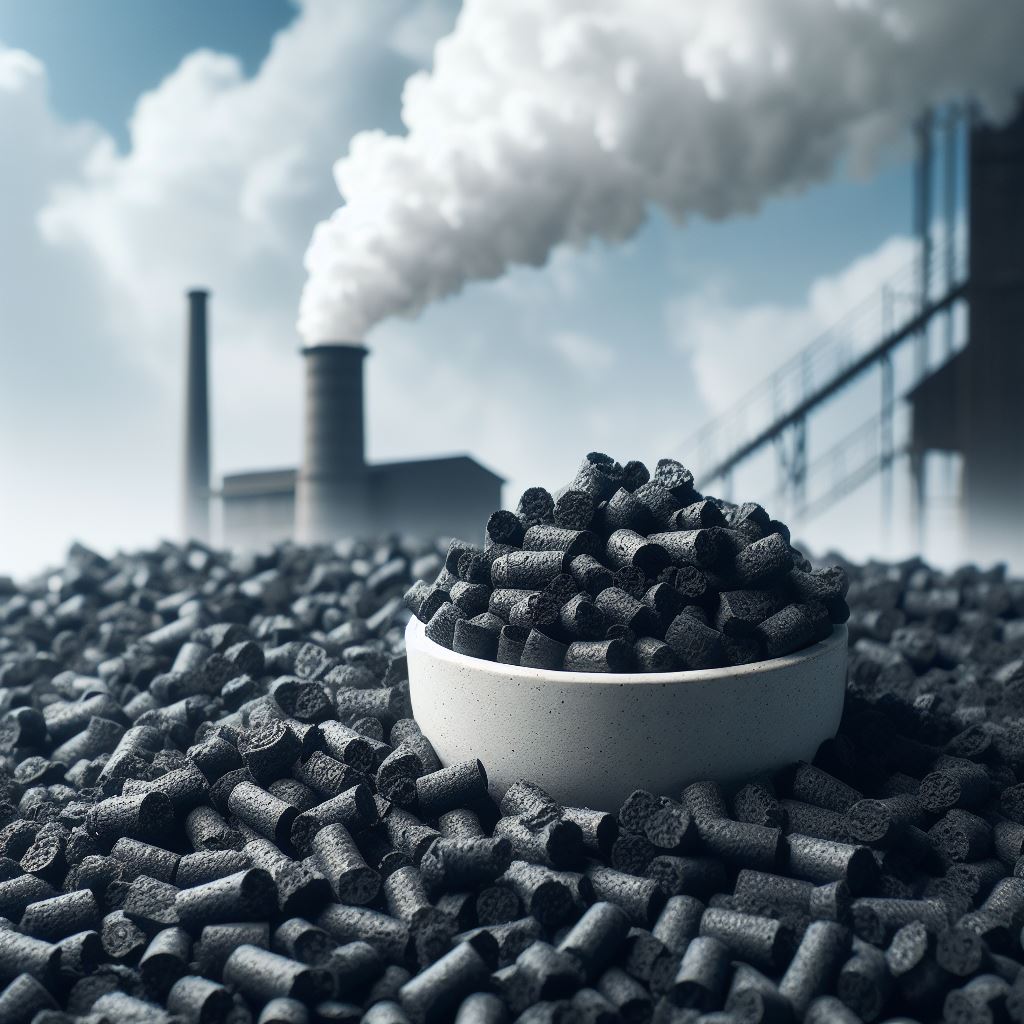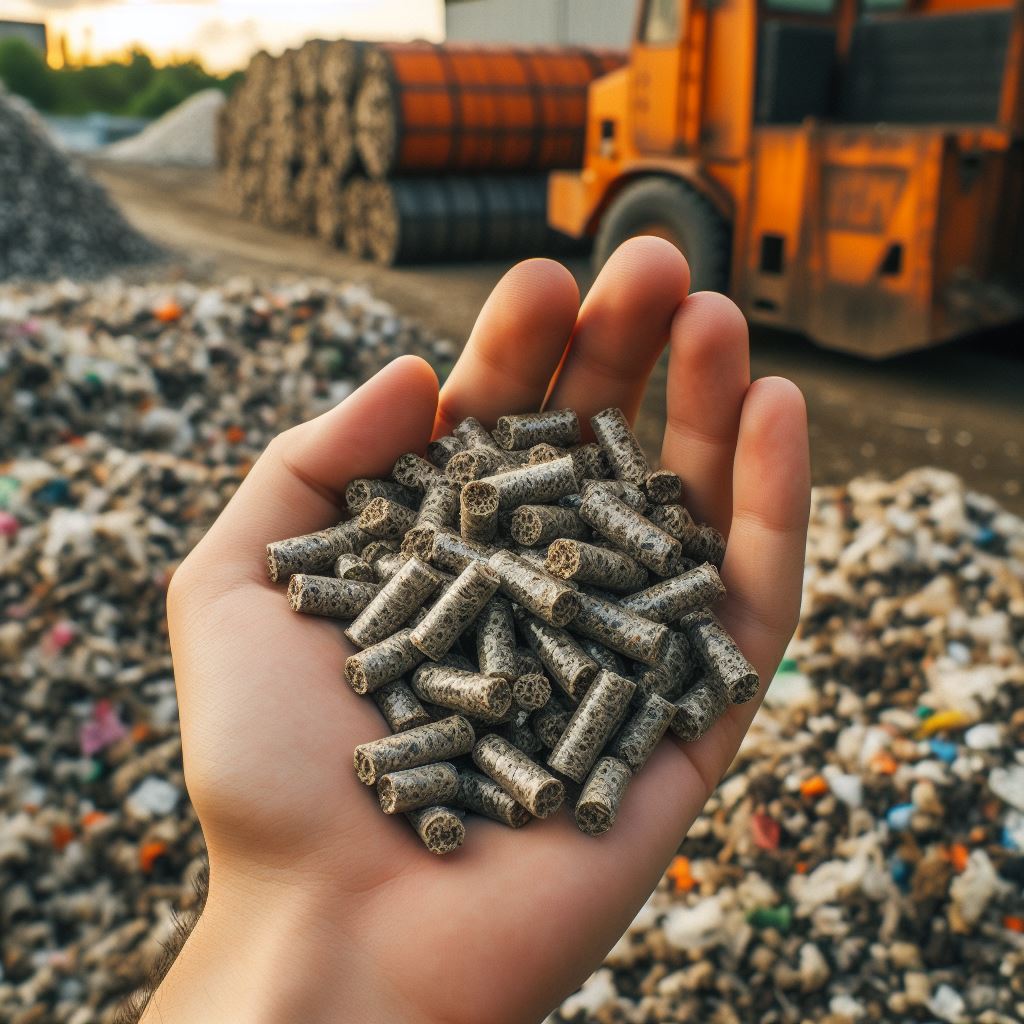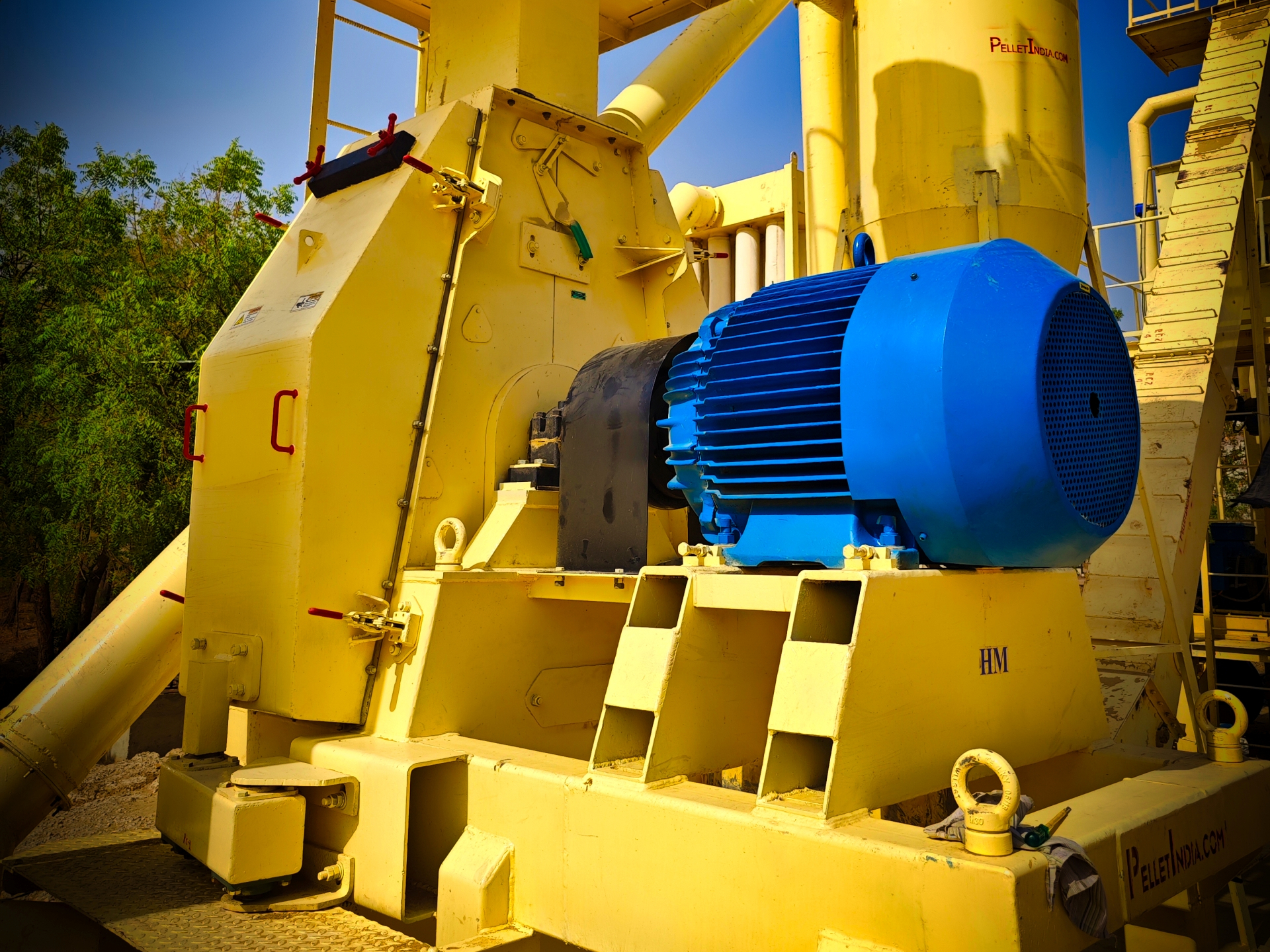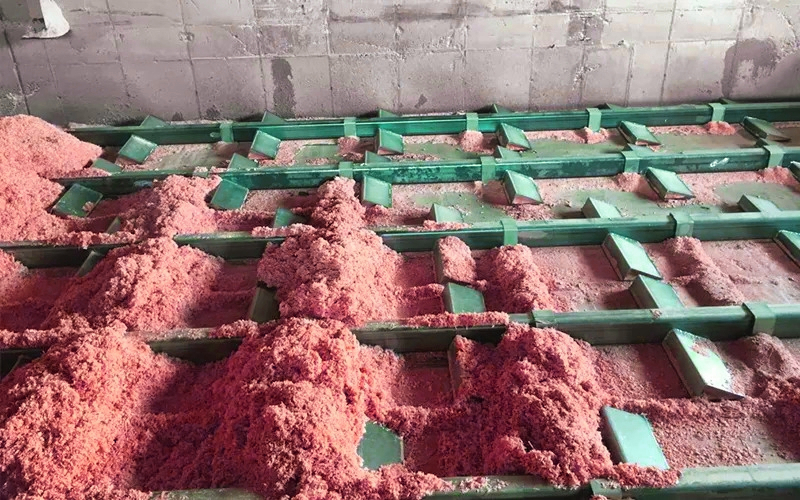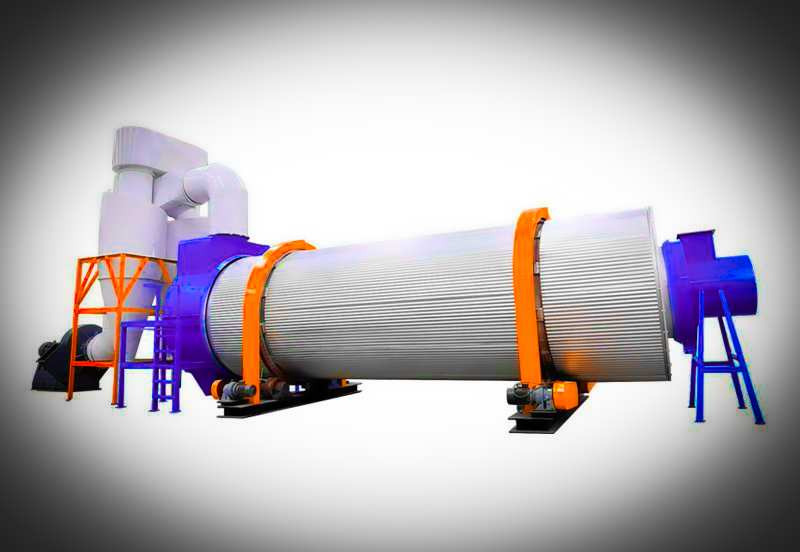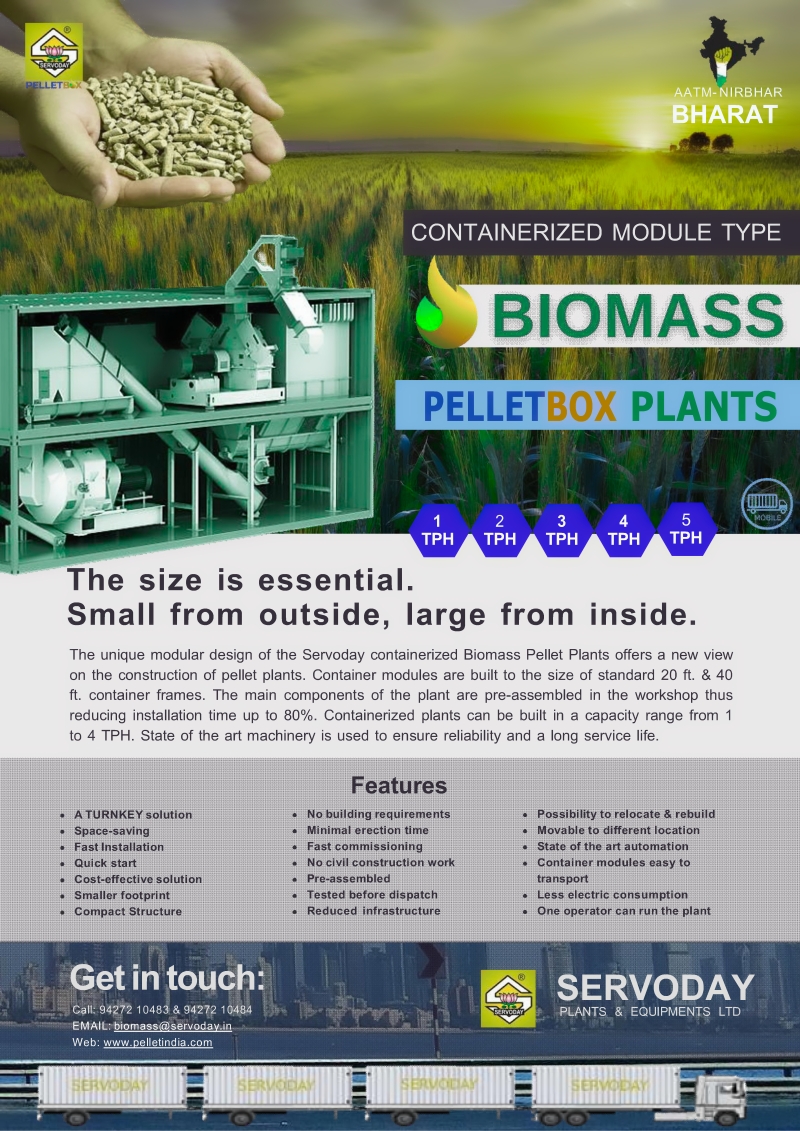Introduction
The RDF (Refuse Derived Fuel) Pellet Plant is an innovative facility designed for converting municipal solid waste (MSW), Solid Fuel Recovered (SFR), and Refuse Paper Fuel (RPF) into high-quality fuel pellets. These pellets are used as an alternative fuel source in power plants, cement kilns, and industrial boilers, contributing to renewable energy generation and efficient waste management.
Overview
The RDF Pellet Plant processes waste materials such as plastic, paper, textiles, and wood, transforming them into fuel pellets with a high heat value ranging from 3000 to 5000 kilocalories. The process includes shredding, drying, grinding, pelleting, and cooling to create consistent, high-density pellets that are easier to transport and store. The plant’s production capacity ranges from 2 to 5 tons per hour, making it suitable for industrial-scale operations.
Purpose
The primary purpose of the RDF Pellet Plant is to convert waste materials into a renewable energy source, offering an environmentally friendly alternative to fossil fuels. The pellets produced are used in various industrial applications, such as power generation, steam generation, and co-firing in cement kilns, thereby helping reduce landfill waste and greenhouse gas emissions.
Significance
- Waste Diversion: By converting municipal and industrial waste into fuel, the RDF Pellet Plant helps divert significant amounts of waste from landfills, reducing environmental pollution.
- Renewable Energy Source: The pellets produced from RDF serve as an alternative to fossil fuels, reducing carbon emissions and contributing to a more sustainable energy mix.
- Economic Benefits: Provides a cost-effective fuel solution, particularly in regions with limited access to conventional energy sources, and promotes job creation in the renewable energy and waste management sectors.
Key Features
- High Heat Value Pellets: Produces pellets with a calorific value of 3000-5000 kcal, making them an efficient source of energy for industrial applications.
- Wide Range of Waste Inputs: Capable of processing a variety of waste materials, including MSW, SFR, and RPF, ensuring flexibility and adaptability to different types of feedstock.
- Robust Machinery: Uses a ring die pellet machine, which is known for stability, high capacity (2-5 tons per hour), and continuous operation, making it ideal for large-scale production.
- Low Moisture Content: The drying process reduces the moisture content of the RDF, which improves combustion efficiency and minimizes harmful emissions.
- Emission Control Measures: Includes measures to control dust and other emissions during the production process, ensuring compliance with environmental regulations.
Unique Aspects
- Adaptability for Different Waste Types: The RDF Pellet Plant is designed to process various types of solid waste, including household, industrial, and paper wastes, making it highly adaptable.
- Circular Economy Contribution: The plant plays a key role in transforming waste into a resource, contributing to a circular economy by recovering value from materials that would otherwise be discarded.
- Enhanced Combustion Efficiency: Due to their high density and uniform size, RDF pellets offer better combustion efficiency compared to loose waste or traditional RDF.
Design Focus
- Energy Efficiency: Focuses on reducing energy consumption during drying and pelleting, making the process more sustainable and cost-effective.
- Consistent Pellet Quality: Designed to produce high-quality pellets with uniform size and density, ensuring optimal combustion properties.
- Environmental Safety: Emphasizes emission control and environmental safety throughout the production process, making it suitable for use in densely populated areas.
Raw Materials
The RDF Pellet Plant processes a wide range of raw materials, including:
- Municipal Solid Waste (MSW): Plastic, paper, textiles, and wood.
- Solid Fuel Recovered (SFR): Combustible components like paper, plastics, and wood waste.
- Refuse Paper Fuel (RPF): Specifically processed from paper waste with higher energy density.
Output Capacity
- Production Rate: Capable of producing 2-5 tons of RDF pellets per hour, depending on the type and quality of the waste materials used.
